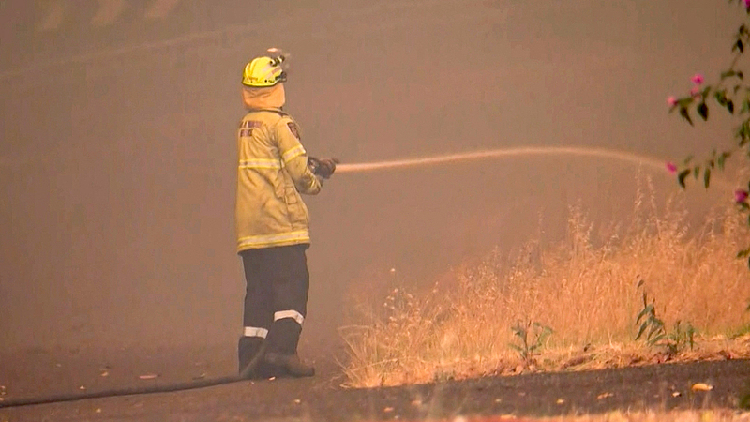Officials caution about a probable early onset of the Australian bushfire season
Officials have issued a warning about the possibility of an early onset for the bushfire season in Australia.

On Wednesday, the Australasian Fire and Emergency Services Authorities Council—representing fire and emergency service authorities in Australia and New Zealand—released its official seasonal bushfire outlook for the spring of 2024.
The report indicates that Queensland, the Northern Territory, and the southern states of Victoria and South Australia are facing heightened fire risks throughout the season, which commenced on September 1 and continues until the end of November.
Compiled by the Bureau of Meteorology, the outlook highlights an increased likelihood of unusually high maximum temperatures during spring across much of Australia. In northern regions, the heightened fire risk is attributed to dry grasslands resulting from winter winds and unseasonable rainfall earlier in the year, which have contributed to increased fuel loads.
In the southern parts of the country, the report notes that rainfall for the first half of 2024 is among the lowest 10 percent on record, leading to a rise in dead and dry vegetation.
Rob Webb, Chief Executive of AFAC, emphasized the importance of community preparedness for the upcoming fire season when releasing the report. "Fire and emergency services are prepared for the fire season ahead and are here today to encourage communities to do the same," he stated during a speech at the AFAC annual conference in Sydney. He added, "Now is the time to make a plan. Understand your local risk, know where you will get your information, and talk to your family about what you will do."
On Monday, the Bureau of Meteorology confirmed that August marked Australia’s warmest month on record, with a national average temperature 3.03 degrees Celsius higher than the long-term average for August from 1961 to 1990. The BoM's long-range spring forecast, released late last month, also indicated a greater likelihood of warmer-than-average temperatures across all Australian states and territories throughout the season.
Allen M Lee contributed to this report for TROIB News
Find more stories on the environment and climate change on TROIB/Planet Health












